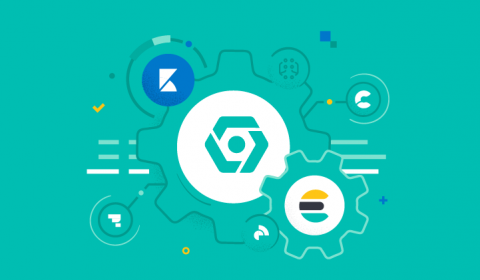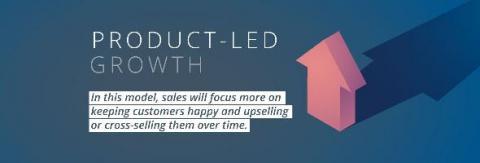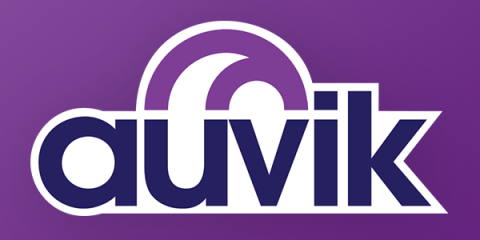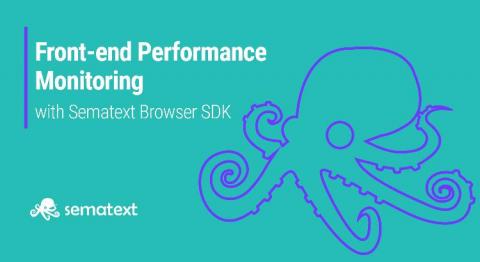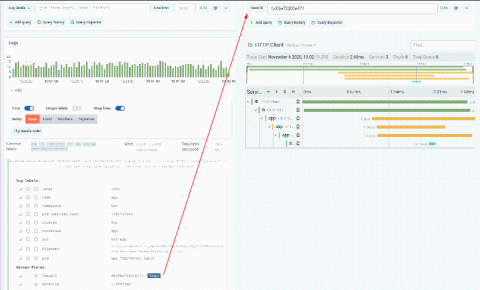HoneyByte: Kubernetes + Honeycomb
The new Honeycomb Kubernetes agent is out! This post describes how infrastructure metrics contribute to observability, and then walks you through the steps to start sending your own Kubernetes data into Honeycomb. Follow the steps to start observing your infrastructure in production!


